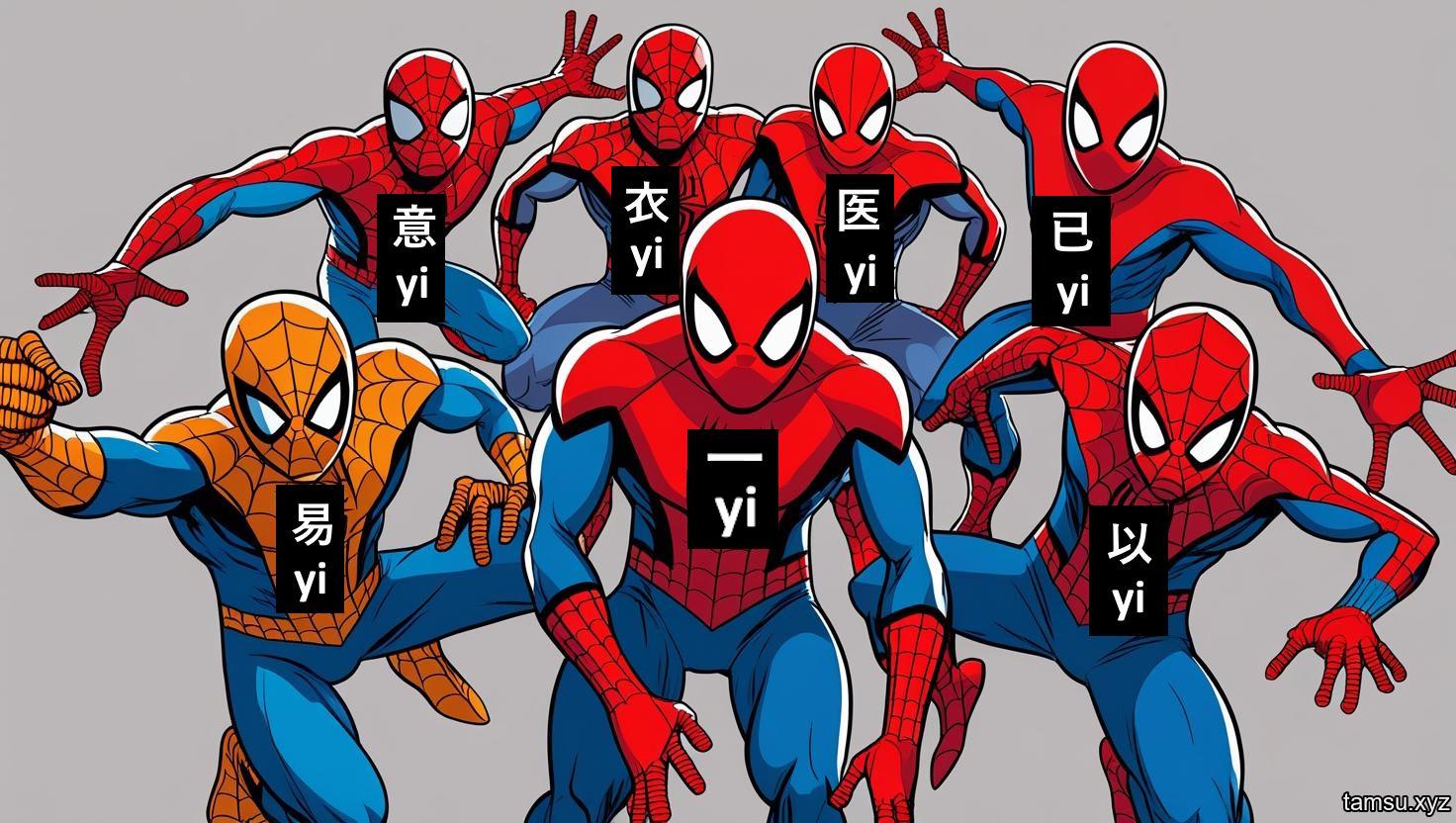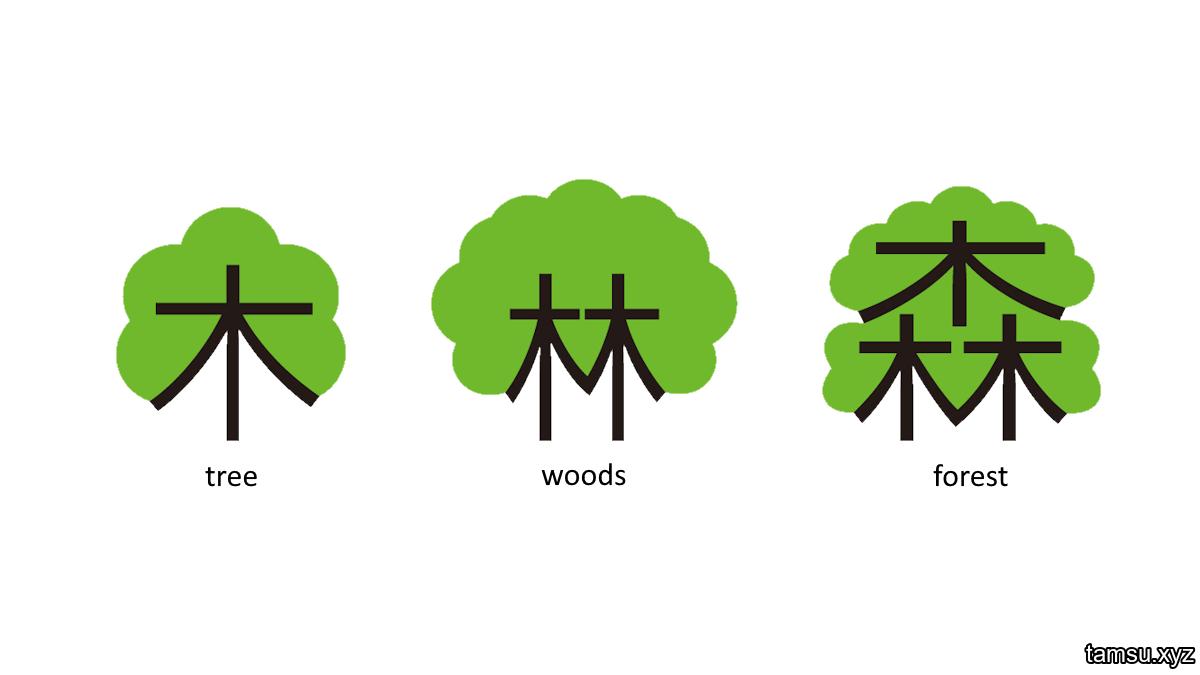🧠 What is reduplication (叠词) in Chinese?
In Chinese, the phenomenon of reduplication or word repetition (叠词) is when a word is repeated to express a more intimate, gentle or lively nuance. This is a natural part of everyday communication and appears in both nouns, adjectives and verbs.
👨👩👧 Noun reduplicated: Intimate, cute
Repeated nouns often used in family, children or small objects:
- 爸爸 (bàba) – father
- 妈妈 (māma) – mother
- 哥哥 (gēge) – older brother
- 姐姐 (jiějie) – older sister
- 娃娃 (wáwa) – baby / doll
📌 These words are often used in intimate settings or when talking to children.
🎨 Repetitive adjectives: Vivid and easy to describe bear
Structure: A + A + 的
- 红红的 (hónghóng de) – bright red
- 亮亮的 (liàngliàng de) – shiny
- 小小的 (xiǎoxiǎo de) – tiny
- 香香的 (xiāngxiāng de) – fragrant
- 静静的 (jìngjìng de) – quietly
💡 Compared to single adjectives, reduplicative words convey gentle, intimate emotions and are rich in imagery more.
🌀 Repeated verbs: Gentle action, "trying" in nature
Usage:
- A 一 A: action to try - 试一试 (try), 看一看 (try)
- AA: gentle action - 说说 (say a little), 想想 (think)
✅ Example:
- 休息休息 - rest a little
- 聊聊 - chat a little
📌 Repeated words in Verbs are often used in colloquial speech, making speech softer and more friendly.
📋 Compare types of reduplication
| Word type | Reduplication structure | Main meaning |
|---|---|---|
| Noun | AA | Close, intimate |
| Adjective | AA 的 | Lively, describing a state |
| Verb from | A 一 A / AA | A little action, try it |
🛠 How to practice
- Memorize common pairs of repeated words by word type.
- Use AI to ask: “给我5个叠词例子 (Give me 5 examples of reduplicated words).”
- Make short sentences with repeated words – practice writing or speaking.
- Listen to real conversations to recognize natural usage.
📌 Conclusion
Reduplicated words are an interesting feature in Chinese, helping you communicate more naturally, with rich descriptions and express emotions better. Whether you are a beginner or a long-time learner, you should master common reduplicated speech patterns to speak naturally like a native.
Try writing 3 sentences using reduplicated words today!






